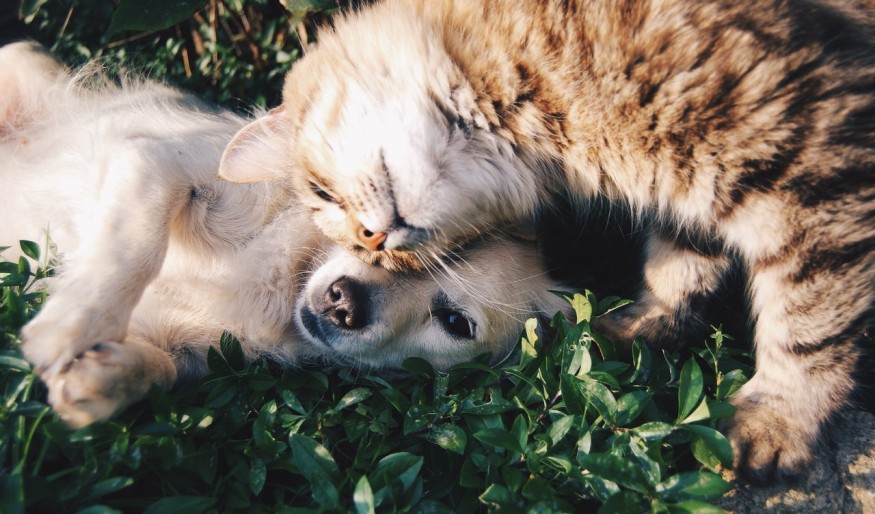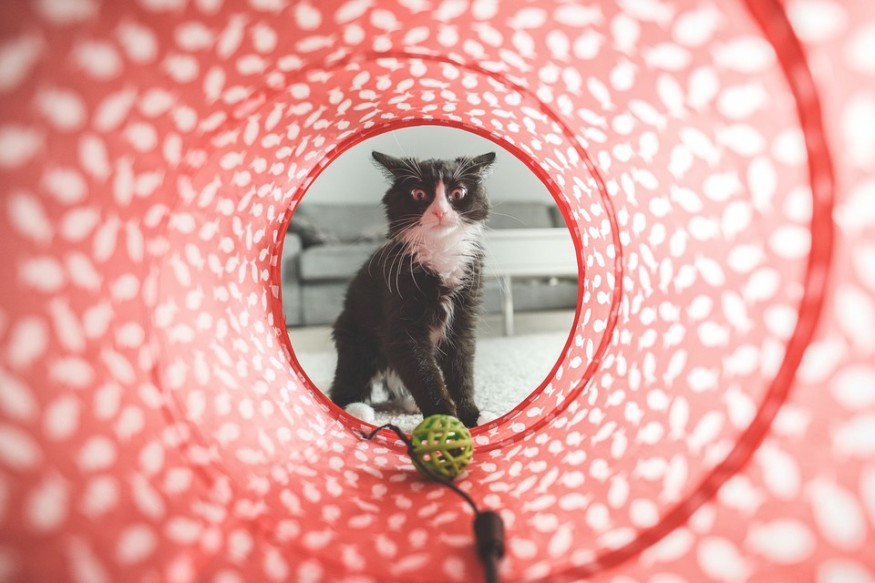Despite the virus-induced economic struggles of the previous year, pet owners expended an enormous amount of money on their animal companions.
Covid and The Pet Industry

The coronavirus pandemic has harmed all four industries of the U.S. pet industry-pet food, non-food pet products, veterinarian care, and non-medical pet services-and its consequences persist for years after the medical crisis has ended. Pet services, not pet goods, are taking the brunt of the hit. Still, the leading players' market activities are gradually spanning brick-and-mortar and e-commerce and products and services, medical and non-medical, and foods and non-foods, so the pet industry's fortunes are partly entangled across sectors.
APPA Revenue Report

The American Pet Products Association (APPA) reported that the industry produced $103.6 billion in annual revenue, the highest amount ever recorded in the industry.
Furthermore, multiple pet-owning, retail product, and pet care provider markets present new conditions for revenue growth as a result of COVID-19 business and social impacts. Many of these potential prospects have arisen due to the coronavirus pandemic-induced boom in pet adoption and purchase.
Related Article : Pet-Friendly Offices To Become a Norm Post-Pandemic, Survey Shows
Unexpected Growth in Revenue

As shown by the proprietary April/May 2002 market survey data given in this article, the new adoption response has spread across pet types, disproportionately covering pets other than dogs and cats, in contrast to pet adoption trends in the aftermath of the Great Recession. Furthermore, new online and digital opportunities go beyond e-commerce and include emerging fields, including veterinary telemedicine and teletriage.
According to the APPA State of the Industry Study, pet food and treats cost $42 billion in 2019, up 9.7% from the previous year. Supplies, living animals, and over-the-counter drugs accounted for another $22.1 billion, a 15.1 percent improvement over 2019. Sales of veterinary products and services rose 7.2 percent to $31.4 billion.
In comparison, gross retail revenue rose 6.7 percent year over year due to approximately 30% of pet owners spending more on their pets in the previous year.
Given the turbulent times of 2020, the rise could be unsurprising.
"This past year brought a slew of problems, prompting shoppers around the country to seek warmth and companionship in their pets," said APPA CEO Steve King.
New Market Growth

At the height of the pandemic, foster and adoption numbers soared. Compared to the same time last year, the American Society for the Prevention of Cruelty to Animals registered a roughly 70% rise in animals entering foster care through the organization's New York City and Los Angeles foster services.
Spending on grooming, dog walking, and boarding fell by 21.4 percent from the previous year, according to the APPA.
However, the trade association expects that as regulations are lifted across the world, and more Americans are immunized, the use of these programs will expand.
In addition, the APPA has a positive outlook for the coming year.
"We are positive for the coming year, predicting a 5.8% rise, well above the historical average of 3 to 4%," King said.
Read also: Treating Pets with Separation Anxiety: What to do to Keep Your Pets Feel Emotionally Safe
For more news about the latest animal trends, don't forget to follow Nature World News
© 2025 NatureWorldNews.com All rights reserved. Do not reproduce without permission.





